One of the most unambiguous threads in the gaming industry for the coming years is the request from the gaming community for more improvements to graphics and visuals. Hardware is becoming more powerful, mobile devices can easily play heavyweight games, and the AR/VR direction continues to develop. So there are more and more challenges for developers.
VFX is an indispensable tool for meeting the expectations of the players. Whether it’s fantastic effects and breathtaking fireballs in a fantasy RPG or super-realistic smoke, water, and fire in a post-apocalyptic action game, the visuals hold the attention, provide better immersion, and allow the game to unfold in the best possible way.
So, let’s talk about the meaning of visual effects in games. With lively and exciting examples, of course.

VFX in the Gaming Industry
So, VFX for games is just as important as high-quality filming for a movie. But if a movie can do without visual effects, limiting itself to beautiful location shooting, then games don’t have that luxury. Each element of the game environment is computer-generated assets, the perception of which directly depends on their realism and quality.
For example, water in games. Have you noticed how few titles can offer more or less realistic water? Especially if the gameplay does not involve active interaction with it. In this case, the developers prefer to minimize the effort of working on the water and subsequently receive bad feedback from the players who got to the water and were horrified by its quality.
Example: Water in Metro Exodus
Water, like other visual effects in the post-apocalyptic first-person shooter video game Metro Exodus from the Ukrainian company 4A Games, looks beyond all praise. PhysX technology, along with tessellation, helped to provide amazing 3D ripples that form small waves like in reality. What’s more, even shells form splashes and ripples in the water.
Another impressive aspect of the water effect is its visual quality. The game uses high-resolution textures and advanced lighting techniques to create a realistic and detailed water surface. The water also reflects the surrounding environment, including light and objects, creating an immersive and believable scene.
In addition, Metro Exodus also features underwater sequences where the player can swim and interact with objects and enemies. The water effect in these sequences is also highly realistic, with accurate physics and lighting effects.
What are Visual Effects in Games?
Visual effects in games are the process of creating special animations that are not an object or characters, but that represent the player’s interaction with the game world and bring the game world to life.
This explanation may seem complicated, but in fact, we are all very familiar with visual effects. These are not only the so-called special effects, lightning, magic, and various fantasy transformations. Not at all. Visual effects are also water, fire, smoke, dust, and more. Sometimes we don’t even pay attention to them, but they are an integral part of the gaming experience.
For example, fire. Despite the classic coziness of bonfires, embodying rest, peace, and a certain stronghold of protection in a dangerous world, much more often fire in games is something that has gone out of control and represents danger and a threat to life.
Example: Fire in The Last of Us Part II
The Last of Us Part II, an action-adventure game developed by the American video game developer Naughty Dog, boasts one of the most impressive fire effects in the gaming industry in recent years.
One of the key elements in designing the fire effect was the use of volumetric rendering. This technique allows for the creation of realistic smoke and flames that can be manipulated in real time, displaying a dynamic and ever-changing effect. The fire was also given a high level of detail, with realistic flames and smoke that react to the game’s environment and physics.
In addition, the developers used a system of particle effects to create sparks and embers that are generated by the fire. These particles add to the realism of the effect, as they float and drift in the air, creating a sense of chaos and destruction. From slowly smoldering cars to an entire settlement engulfed in violent flames, the game flawlessly captures the terrifying atmosphere of a mighty element greedily devouring the pitiful remnants of civilization.
What Kinds of Visual Effects Are Used in Games?
Creating visual effects for games is a complex and painstaking process. The success of this activity will determine whether players feel like they are part of the game world or roll their eyes when they see clumsy fire or plastic water.
The most common types of visual effects in games are:
- CGI (computer-generated imagery). It is a technique used to create visual effects using computer graphics. In video games, CGI is used to create characters, objects, and environments. This technique can be used to create realistic-looking graphics or more stylized graphics, depending on the desired look of the game.

- Motion capture. It involves recording the movements of real people or animals and using that data to animate digital characters or objects in a video game. This technique is often used in sports games, where realistic movements of athletes are required, or in action games, where realistic combat moves are needed. Motion capture can create highly realistic movements and interactions in video games.
- Morphing. It is a technique that involves transforming one image or object into another through a series of small changes. In video games, morphing can be used to create unique and interesting visual effects, such as changing a character’s appearance or transforming an object into a different shape. This technique is often used in puzzle or adventure games to create interesting visual puzzles or challenges.

This is a technological categorization. Inside the game itself, there are gameplay and environmental effects:
- Gameplay effects. This includes all effects directly related to the interaction between the player and the game world. These are the effects of a shot, marks on surfaces, splashes from under the wheels, and so on.
- Environmental effects. These are the effects that occur in the game world without the direct participation of the player and that make up the general game atmosphere: water, fire, clouds, smoke, rain, and so on.
Example: Thunderstorm in Forza Horizon 4
Continuing the tradition of examples, let’s look at the thunderstorm effect. Many games use it to manipulate the player’s emotional state, but few have risen to such heights of dynamic weather change as Forza Horizon 4, a racing video game developed by the British video game developer Playground Games.
The location called Fortune Island brings the storm to the absolute. The thunderstorm effect consists of multiple layers of visuals and sounds that work together to create a realistic and believable storm. Constant rains, lightning, and hurricane winds make driving much more difficult and create an indescribable atmosphere of extreme weather conditions that test the endurance and skills of the player.
One of the key visual elements of the thunderstorm effect is the lightning. Lightning strikes are realistically rendered with bright flashes of light and detailed bolt shapes that are procedurally generated. The lightning bolts also cast shadows and illuminate the surrounding environment, adding to the realism of the effect.
Another important visual element of the thunderstorm effect is the rain. The raindrops are individually rendered with dynamic lighting and reflections that accurately simulate the behavior of water in different lighting conditions. The rain also creates realistic water splashes and spray on the road surface, adding to the immersion of the effect.
What Programs Are Used to Create VFX in Games?
Special VFX software offers artists a variety of tools for working with effects. Many of them have preset animations and textures that you can modify depending on your needs. Using ready-made assets and software features, artists have different ways to create amazing visual effects of the highest quality.
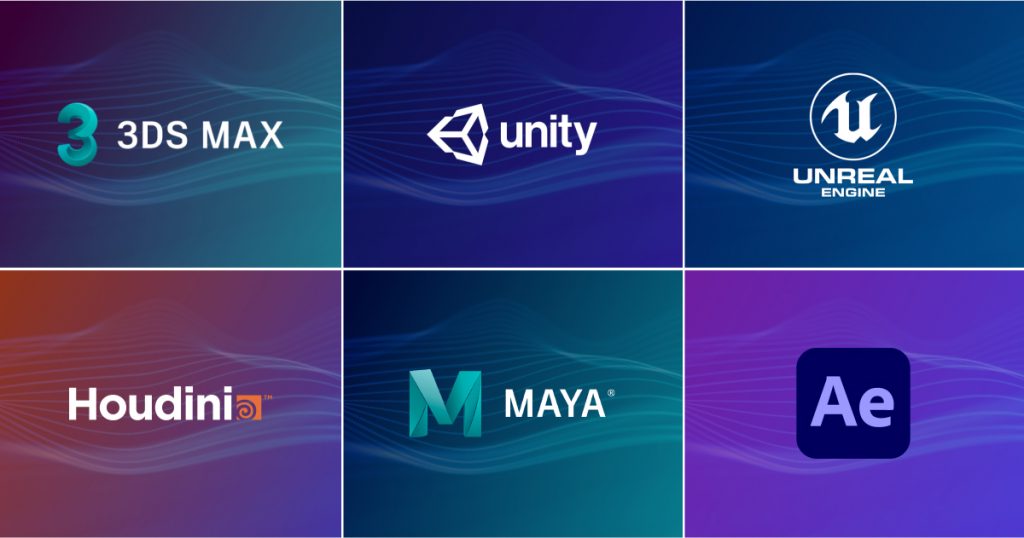
Example: The Dust Storm in Forza Horizon 5
| 3DS Max | Unity | Unreal Engine |
| Houdini | Maya | After Effects |
The dust storm visual effect implemented in the racing video game Forza Horizon 5 by Playground Games is an impressive example of VFX in video games. This effect is created using a particle system, which generates millions of tiny particles that move and interact with each other in a realistic manner. The particles are programmed to respond to environmental factors such as wind, light, and gravity, which makes the dust storm look more natural.
In addition to the particle system, the game also uses a sophisticated lighting system to enhance the effect of the dust storm. The developers added dynamic lighting to the particles to produce a sense of depth and realism. The light interacts with the particles in the air, creating a unique and atmospheric effect.
It is important to understand that each effect requires a different approach and sometimes a separate instrument. For example, fire, smoke, and explosion effects are conveniently created in Phoenix FD, FumeFX, and Maya fluids. Destruction effects are well modeled in MassFX and Rayfire.
Here are some examples of the most popular VFX software.
3ds Max
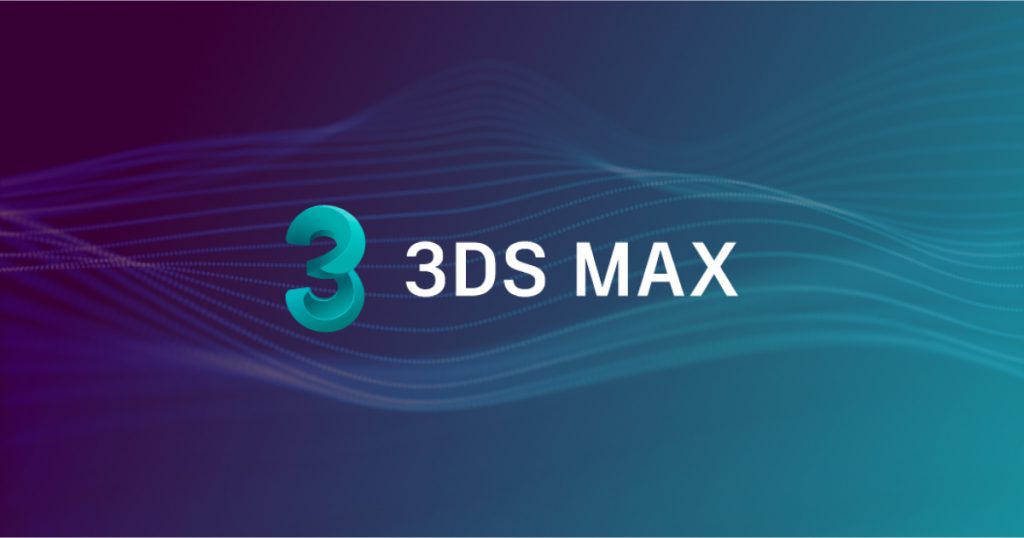
3ds Max is considered one of the basic VFX tools. Its convenience is that it includes a toolkit for the implementation of a complete animation pipeline, from modeling to rendering.
Look at some of the tools and features of 3ds Max that are useful for creating VFX in video games:
- Particle flow. It is a tool that allows users to create particle systems that are often used for visual effects design: explosions, fire, and smoke.
- MassFX. This is a physics simulation tool that allows artists to simulate rigid body dynamics (collisions and gravity) and can be used to create realistic VFX.
- FumeFX. This is a plug-in for 3ds Max that helps artists to create realistic fluid and smoke simulations that are often used to design clouds, smoke, and fire.
- Hair and fur. This tool allows artists to design and simulate hair and fur for characters and creatures, which can be used to create realistic and dynamic VFX.
- MAXScript. This is a scripting language that helps users to automate tasks and design custom tools within 3ds Max, which can be used to create VFX more efficiently.
- UV mapping. This tool allows users to unwrap 3D models to create UV coordinates, which are necessary for applying textures and materials to models, including those used for VFX.
So, 3ds Max is a versatile software that offers a wide range of tools and features for creating VFX in video games. But keep in mind that this is quite a difficult software to master, so starting your VFX journey with it can be a daunting task.
Unity

The most popular game engines offer affordable built-in visual effects tools. Unity provides a range of instruments for creating VFX in video games.
For example, it has such key tools and features:
- Particle system. It allows artists to create various types of particle effects: explosions, smoke, fire, and more. You can customize particle behavior and appearance to suit your needs. The system supports dynamic and static particle effects.
- Shuriken. An updated particle system provides more flexibility and control over particle effects. It includes a wide range of modules and parameters for creating complex particle effects with ease.
- Timeline. This tool allows you to create and control complex animations and VFX sequences. You can combine different types of animation, including particle effects, to create dynamic and engaging VFX in your game.
- Shader Graph. It is used to create custom shaders for your VFX. With this tool, you can create stunning visual effects by manipulating the properties of materials and textures and combining them with particle systems.
- Visual Effect Graph. The Visual Effect Graph is a node-based tool to create advanced VFX in real-time. It provides a wide range of nodes and modules for creating complex and dynamic particle systems, such as explosions, smoke, and fire.
- Cinemachine. It is a powerful camera system in Unity to create dynamic and cinematic camera shots. It can be used to create stunning VFX sequences that follow the action in the game.
With Unity particle system, Timeline, Shader Graph, Visual Effect Graph, and Cinemachine, you can create marvelous and dynamic VFX sequences that enhance the gameplay experience.
Dive Deeper:
✔ Unity − What Makes It the Best Game Engine?
Unreal

Unreal Engine is a popular game engine used by many game developers to create video games with magnificent visual effects. The engine includes a suite of tools and features that enable game developers to create high-quality VFX for their games.
Unreal offers such VFX tools:
- Niagara. It is a particle system that allows developers to create and simulate a wide range of particle effects: smoke, fire, explosions, and water. It provides a high degree of control over particle behavior.
- Material editor. This tool allows artists to design and customize materials that can be applied to 3D objects in the game world. With the material editor, developers can create a wide range of effects, including reflections, refractions, and even animated textures.
- Animation system. With the help of this system, artists create and control animations for characters, objects, and particles. It includes a powerful blend tree system that allows for complex blending between different animation states.
In addition, Unreal Engine offers a range of other tools and features that can be used to create VFX, including dynamic lighting, post-processing effects, and physics simulation. These tools provide developers with a high degree of flexibility and control over the visual look and feel of their games.
Dive Deeper:
✔ Unity vs Unreal Engine: Pros and Cons
Houdini

For many VFX artists, Houdini is the go-to software for advanced dynamic simulation tools. Our specialists also actively use it together with Unreal. It is a 3D animation software that is widely used in the game development industry. It offers a range of procedural tools that enable developers to create complex VFX. The tool allows you to work in an iterative way and offers a convenient node-based system to minimize the number of steps.
Here are some of the main features and tools that Houdini offers:
- Procedural modeling. These tools allow artists to create and modify 3D models quickly and easily. They use algorithms to generate geometry, so artists can make changes to the model by adjusting the parameters of the algorithm.
- Particle and fluid simulation. It can be used to create realistic effects like fire, smoke, and explosions. These simulations can be complex and time-consuming, but Houdini’s tools make it easy to set up and control the simulation.
- Dynamic rigging. These tools allow artists to create complex character animations and use physics simulations to design realistic movements and reactions.
- Compositing. Artists can combine different elements of a scene into a final image. This includes compositing VFX elements like explosions or smoke into live-action footage.
- Digital assets. Digital asset tools allow artists to create reusable components that can be used in different projects. These assets may include 3D models, simulations, or entire scenes.
Overall, Houdini’s procedural tools and dynamic rigging make it a popular choice for creating complex effects and animations. However, it can be difficult to learn and use, so it may not be the best choice for beginners.
Maya
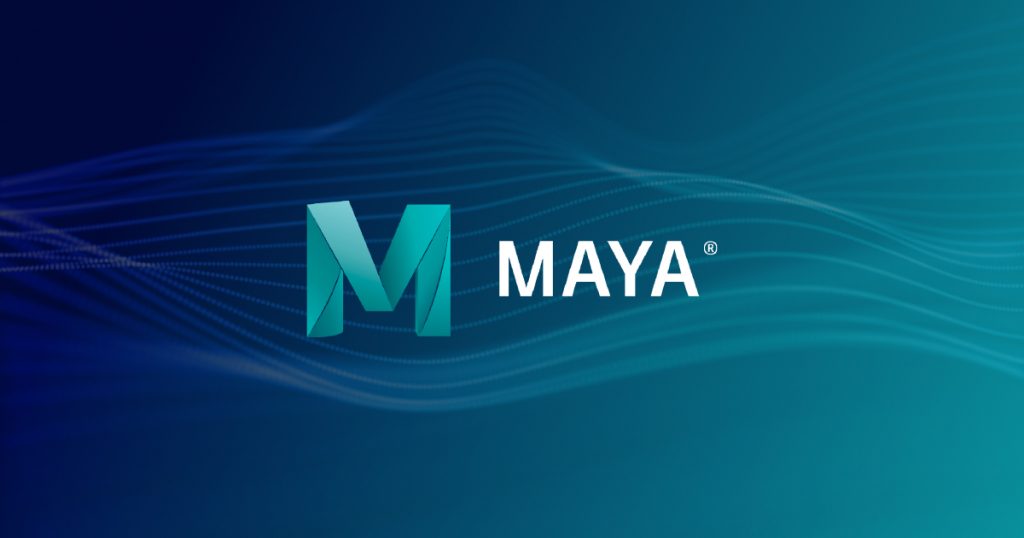
Maya is another 3D animation software that is popular in the game development industry. It has a wide range of tools and features that allow artists to create complex and realistic animations and special effects.
Here are some of the Maya tools that are commonly used for creating VFX:
- Dynamics. Helps artists create realistic simulations of physical phenomena like explosions, fire, smoke, water, and cloth. It is used extensively in games to design realistic environments and effects.
- Fluids. Enables artists to create and control fluid simulations, such as water and other liquids. It can be used to showcase realistic ocean waves, splashes, and other fluid effects.
- Particles. Used to create particle systems to simulate small objects, like dust, debris, sparks, and rain. It is also capable of designing special effects like explosions and magical spells.
- Nucleus. Used to create complex simulations: soft bodies, rigid bodies, and cloth. It can simulate the behavior of objects that are impacted by gravity, collisions, and other physical forces.
- Bifrost. This tool is a powerful simulation engine that is used to create complex simulations like fire, smoke, and explosions. It can also help create water effects like waves, splashes, and foam.
In addition to these tools, Maya also has a powerful scripting language called MEL (Maya Embedded Language) that allows artists to automate repetitive tasks and create custom tools to streamline their workflow. This feature is particularly useful for VFX artists who need to design large numbers of complex effects. We talked about MEL in detail in our Maya vs Blender comparison material.
Dive Deeper:
✔ Maya vs Blender: What Is the Best Fit for Your 3D Project in 2023
After Effects
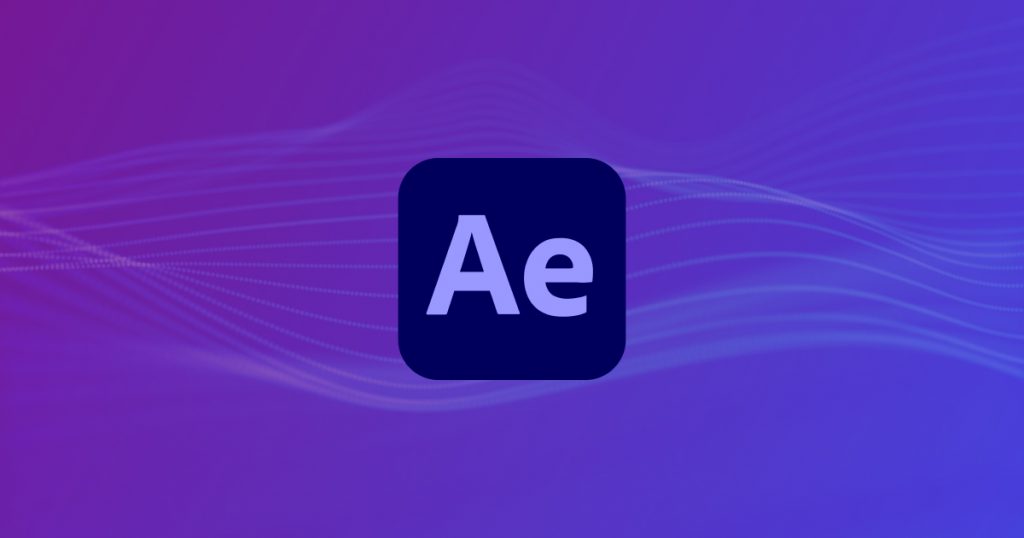
After Effects is a post-production software that is used to create VFX for games. It offers a range of tools for compositing, tracking, and designing motion graphics.
Some of the key tools and features of After Effects for VFX include:
- Tracking. Motion tracking and stabilization tools help designers track the movement of objects and characters within a shot, enabling them to add VFX elements that are properly aligned with the scene.
- Particle effects. A powerful particle system allows designers to create various particle effects such as smoke, fire, and explosions. The system can be combined with other effects and animations to design complex VFX shots.
- 3D tools. After Effects 3D tools allow designers to create and animate 3D models and scenes within the software. These tools are useful for designing VFX elements such as 3D objects and environments that can be incorporated into games.
Overall, After Effects is a versatile tool that provides various features and tools for creating VFX in video games. Its ability to combine various visual elements and apply effects and animations to them makes it a popular choice among game designers and VFX outsourcing artists.

FAQ
What is VFX in games?
VFX in games is the process of creating special gameplay and environmental effects that provide a sense of interactivity and immersion in the game world.
How to make VFX for video games?
VFX for games is created using special software. You can use different tools for different kinds of effects. Most famous environments: 3Ds Max, After Effects, Houdini, etc.
What can you do with VFX?
The effects in the game can be very different, and you can do almost anything with them within the framework of the game universe and the logic of the game interactive.


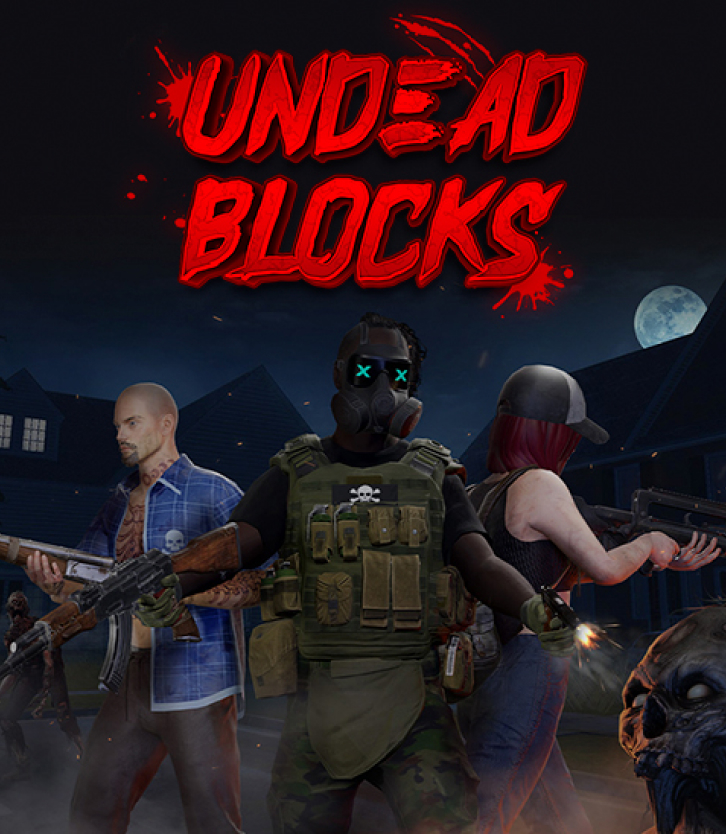
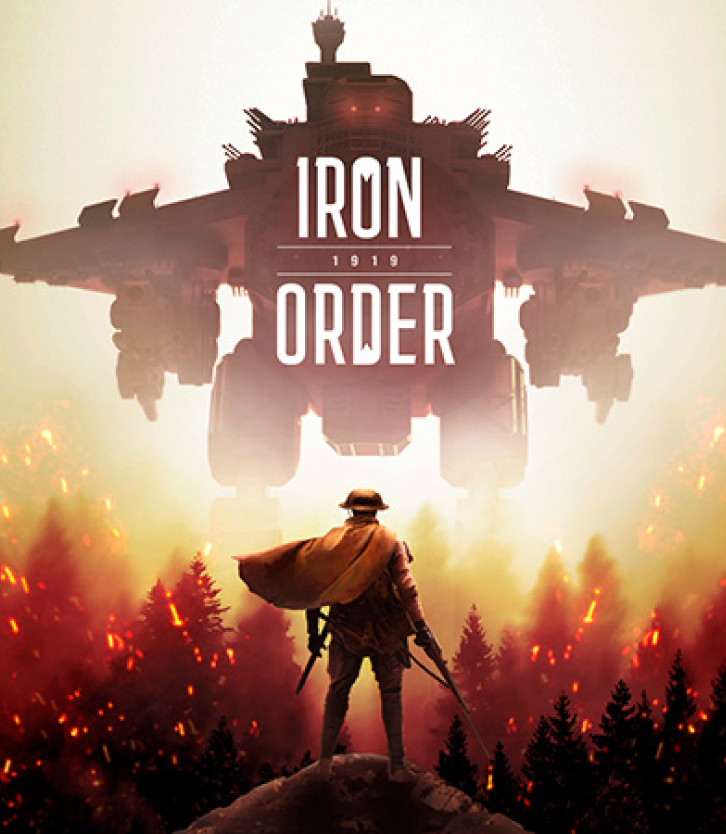

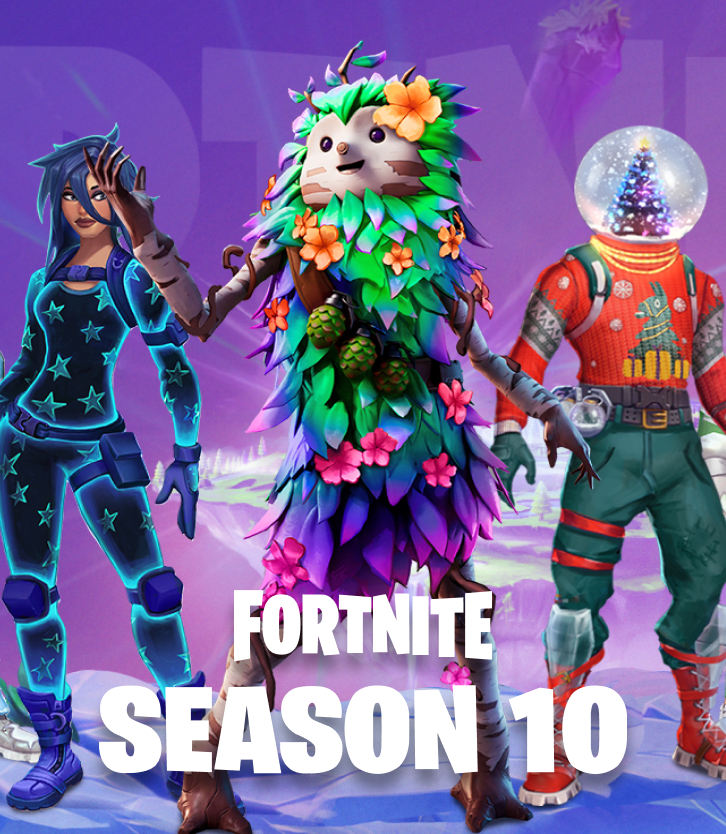
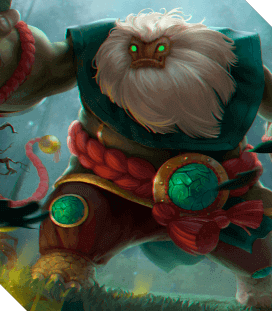



![Indie Game Development: Guide to Revenues, Most Profitable Genres & Monetization [+10 Best Indie Games 2024]](https://kevurugames.com/wp-content/uploads/fly-images/11949/indie-pre-138x138.jpg)